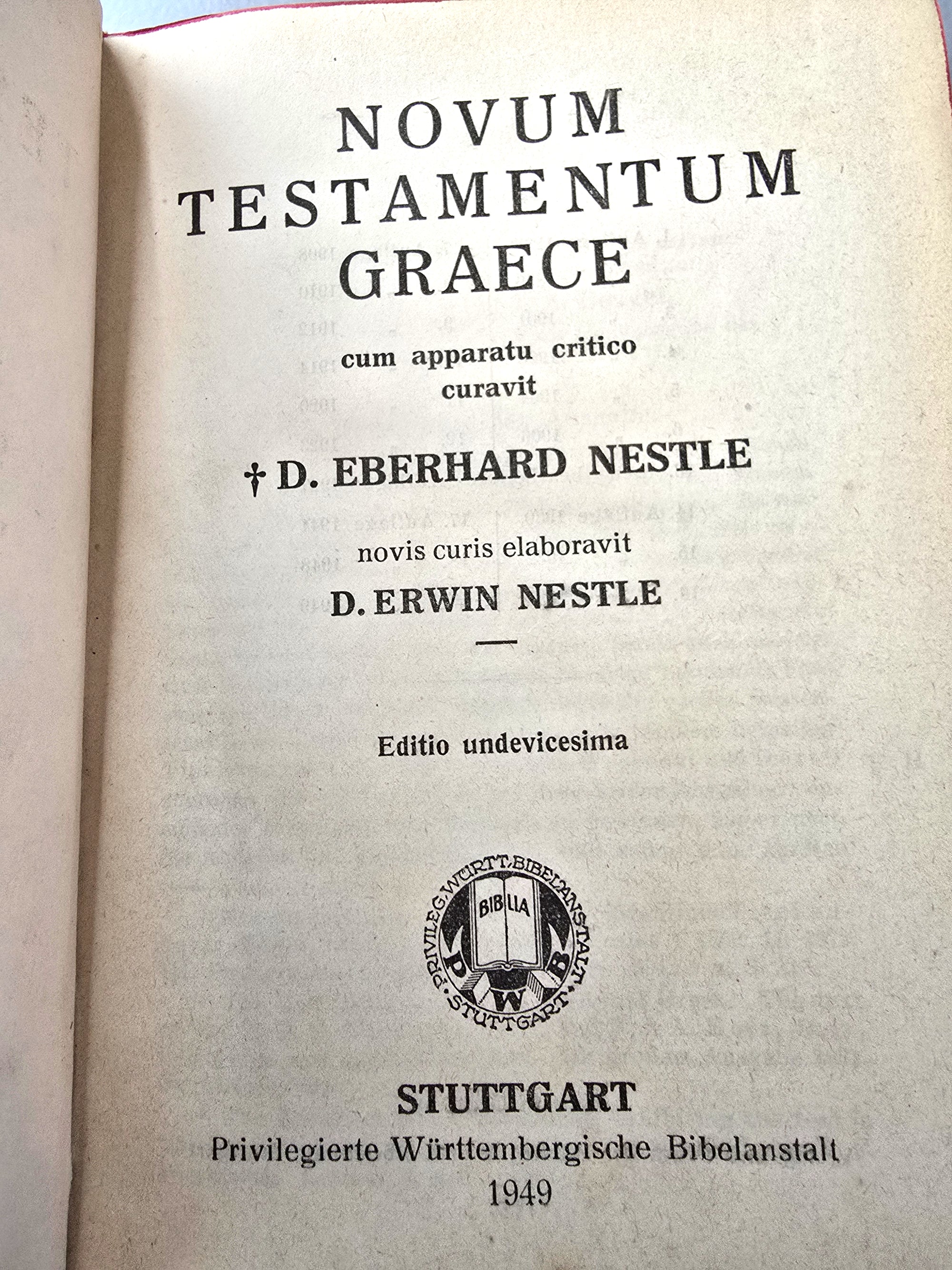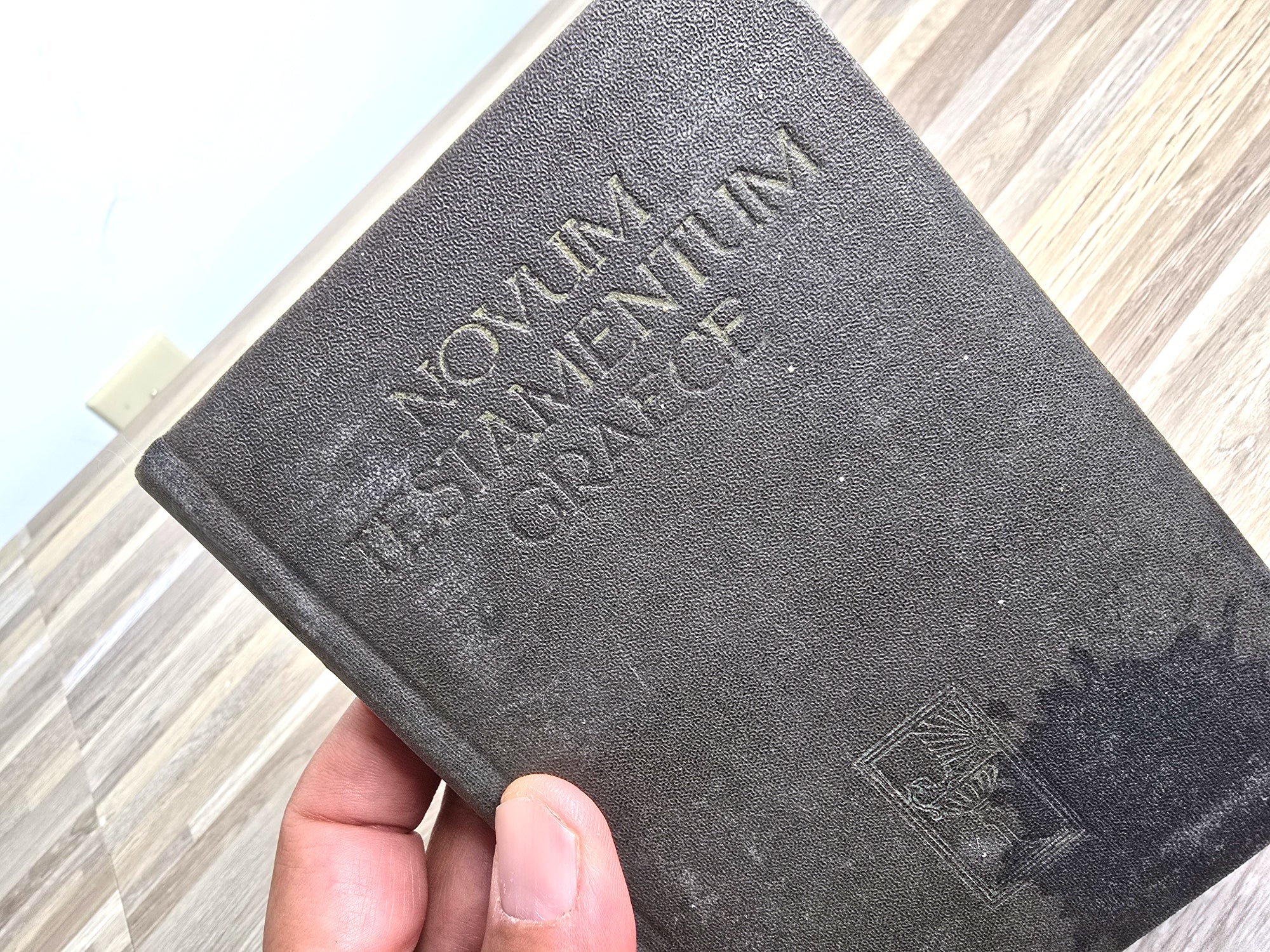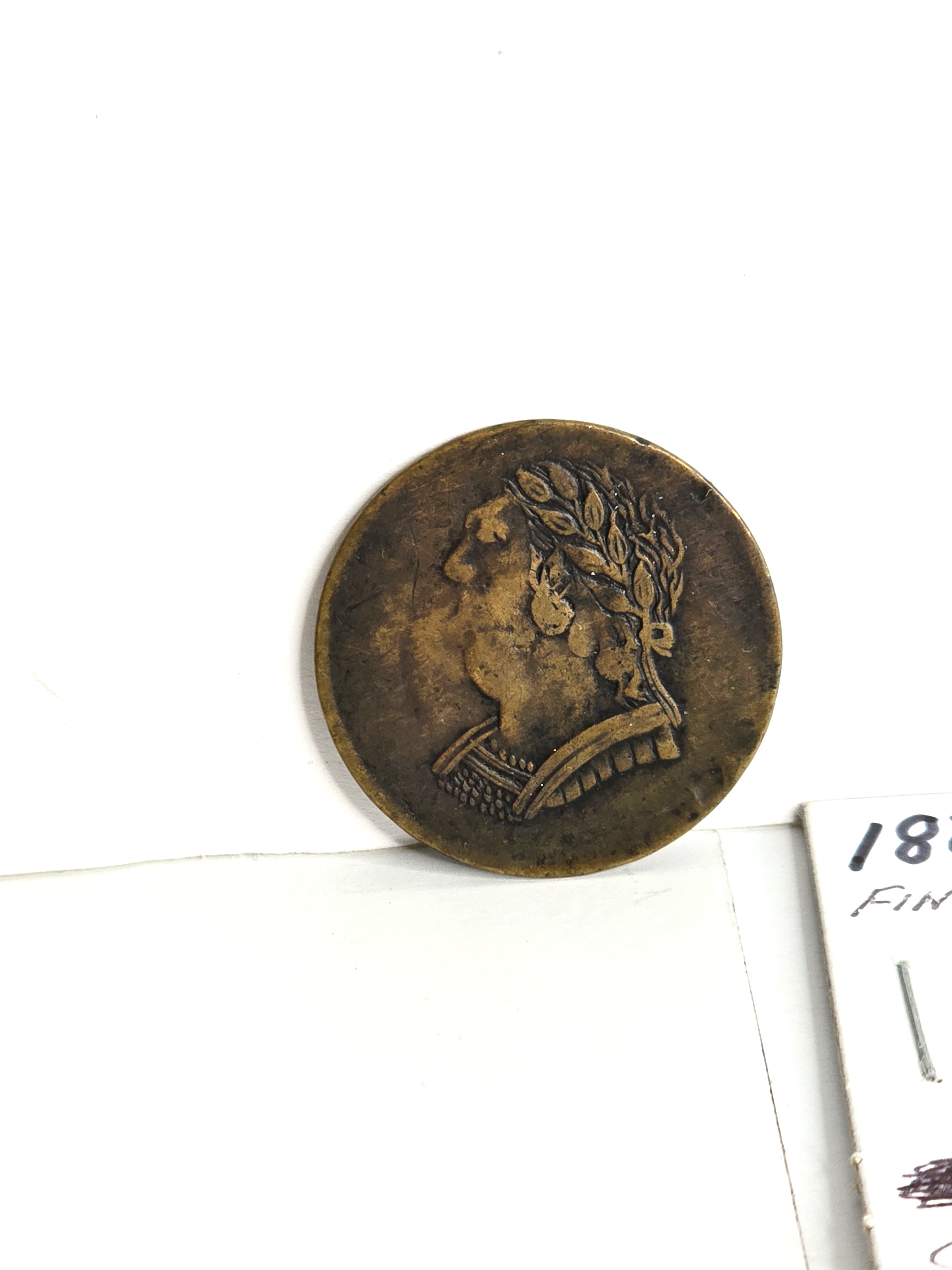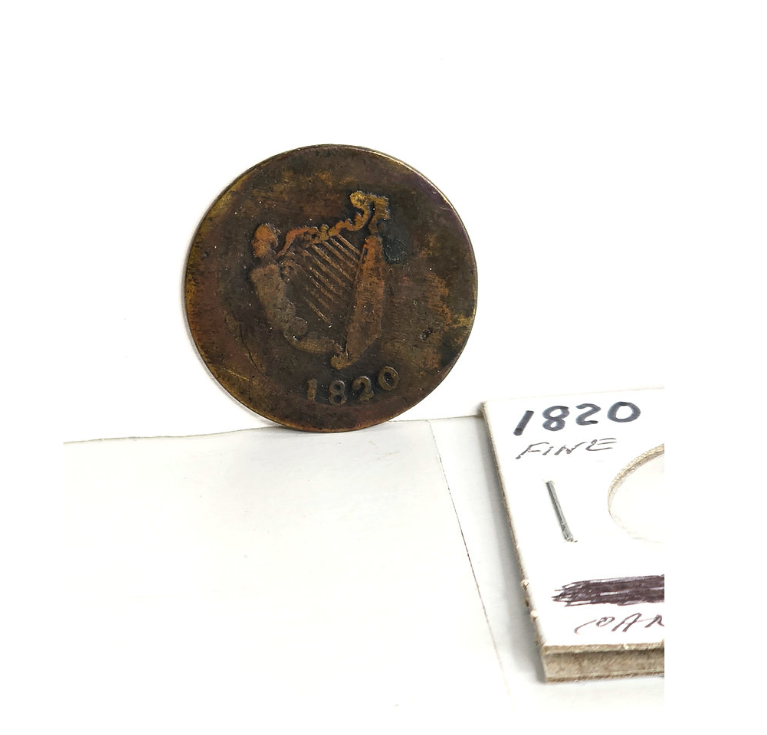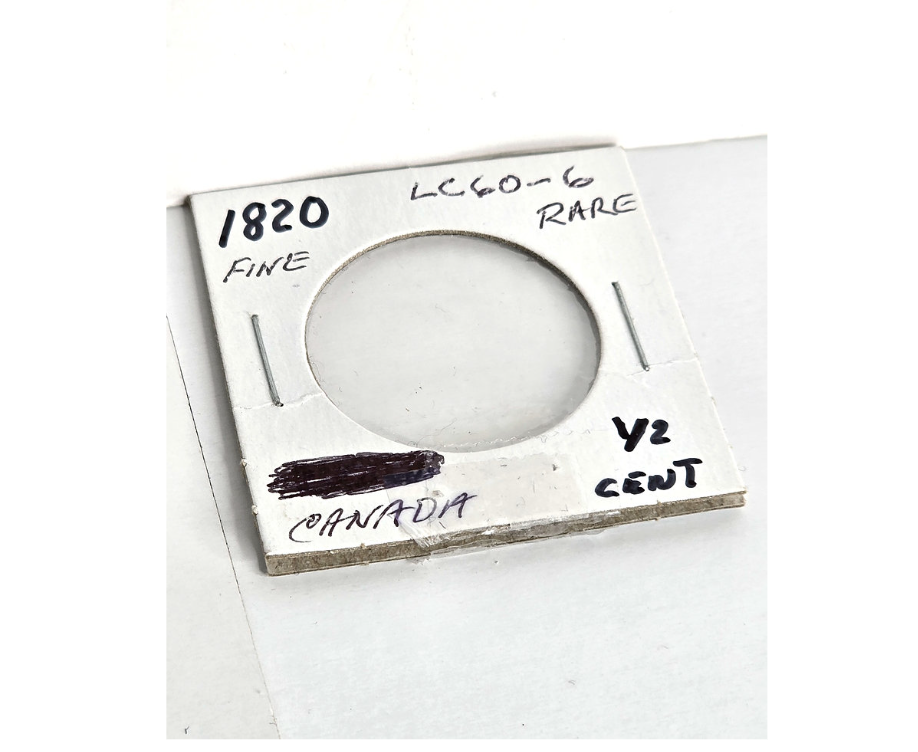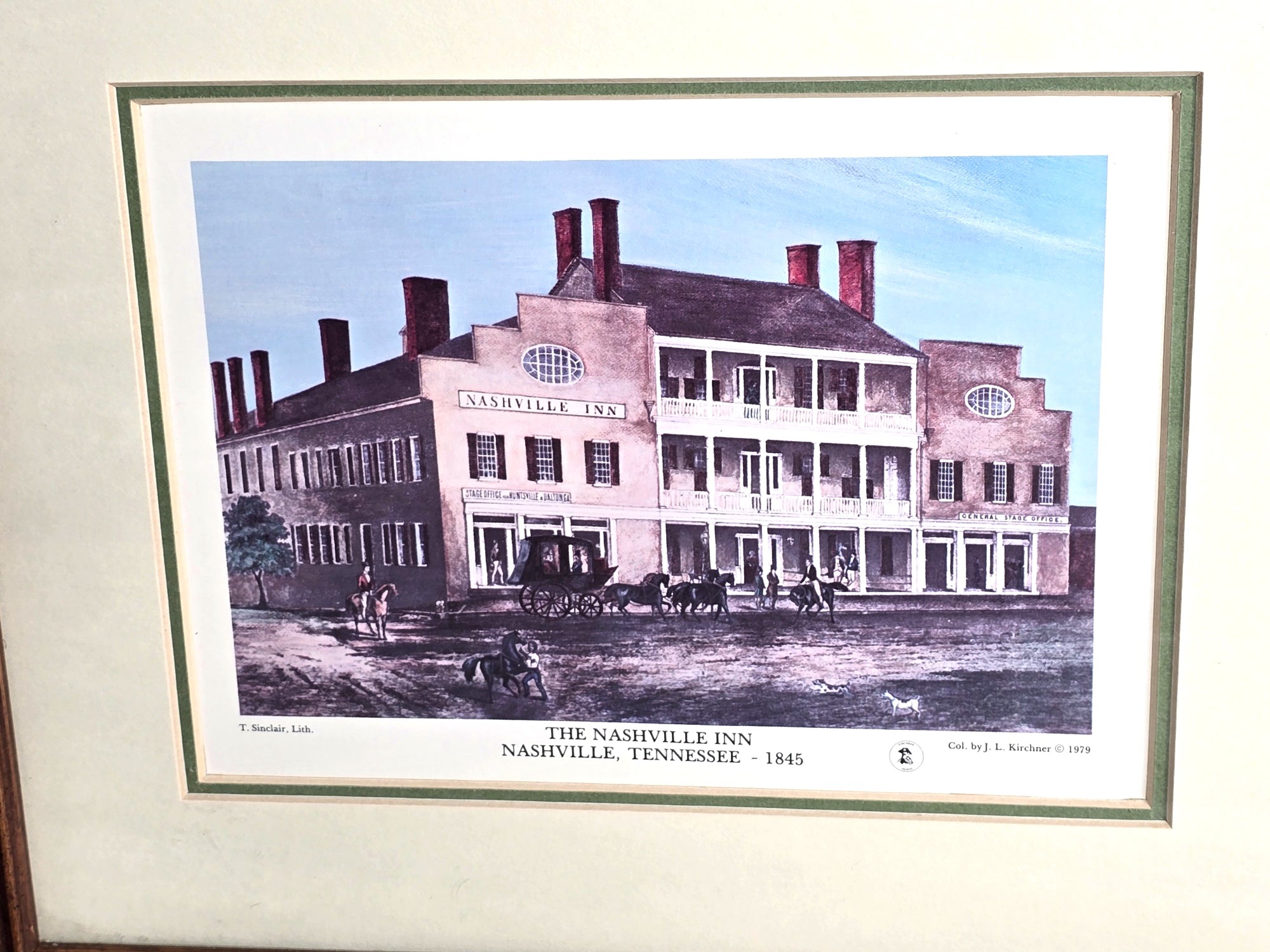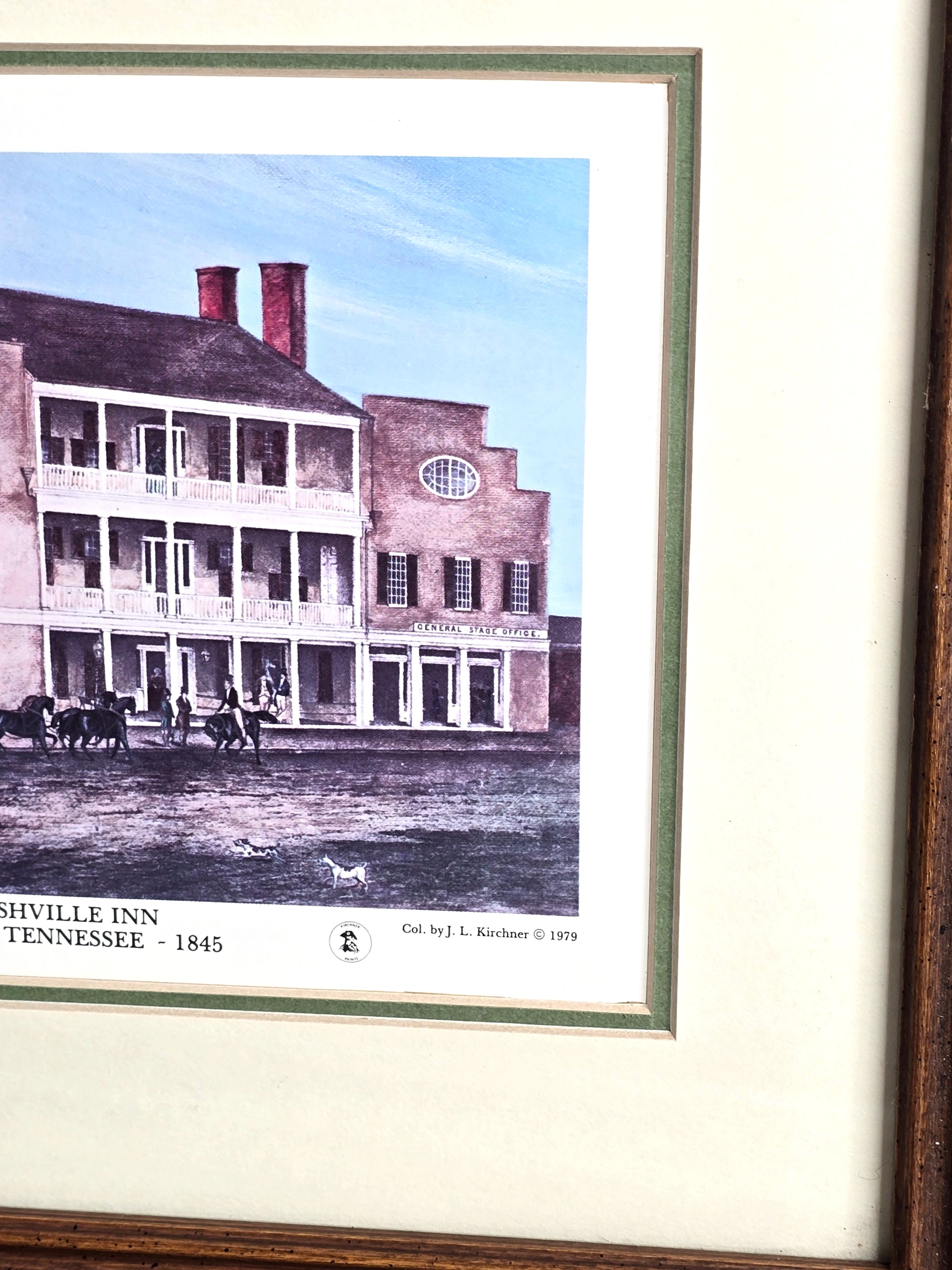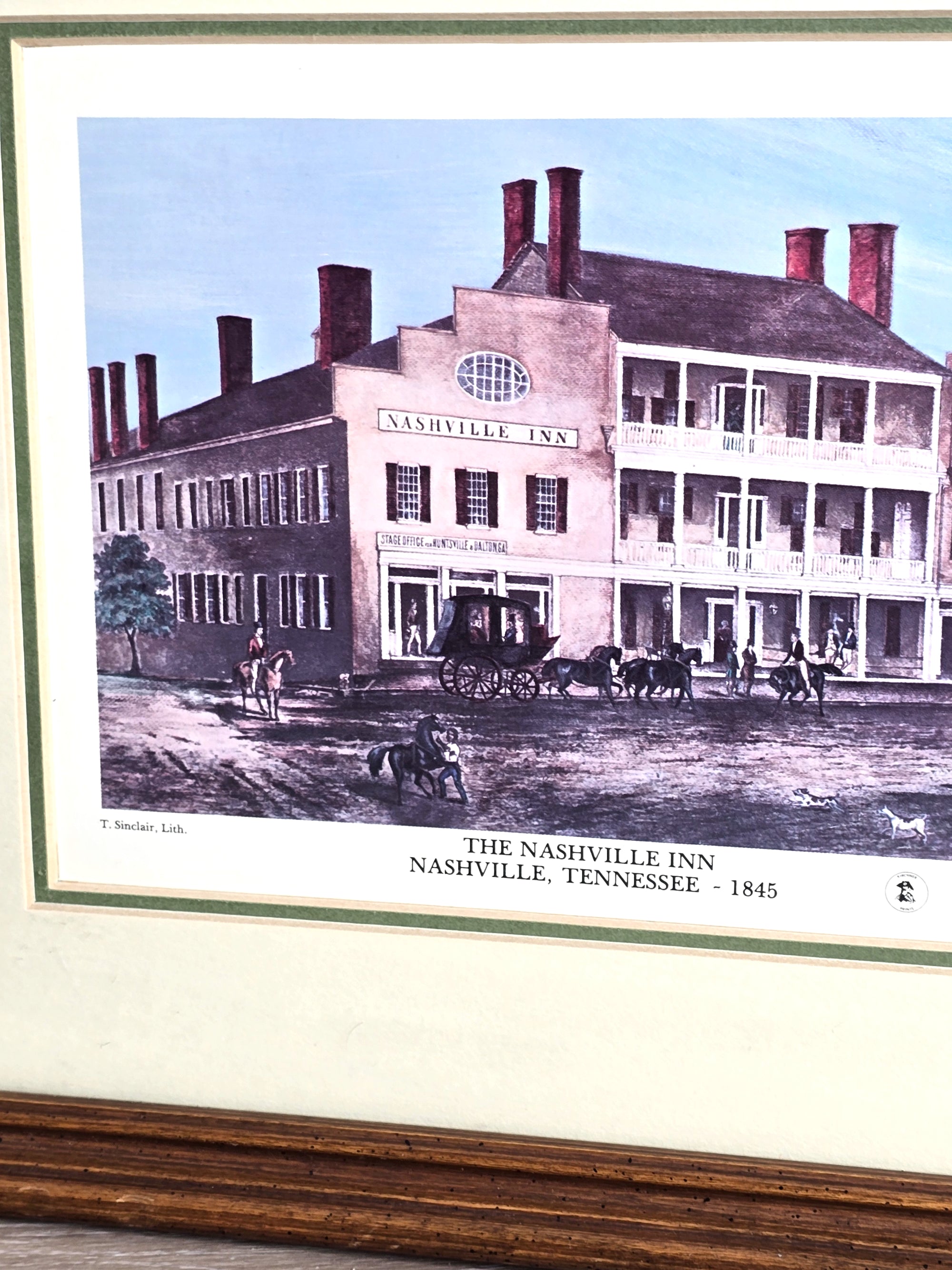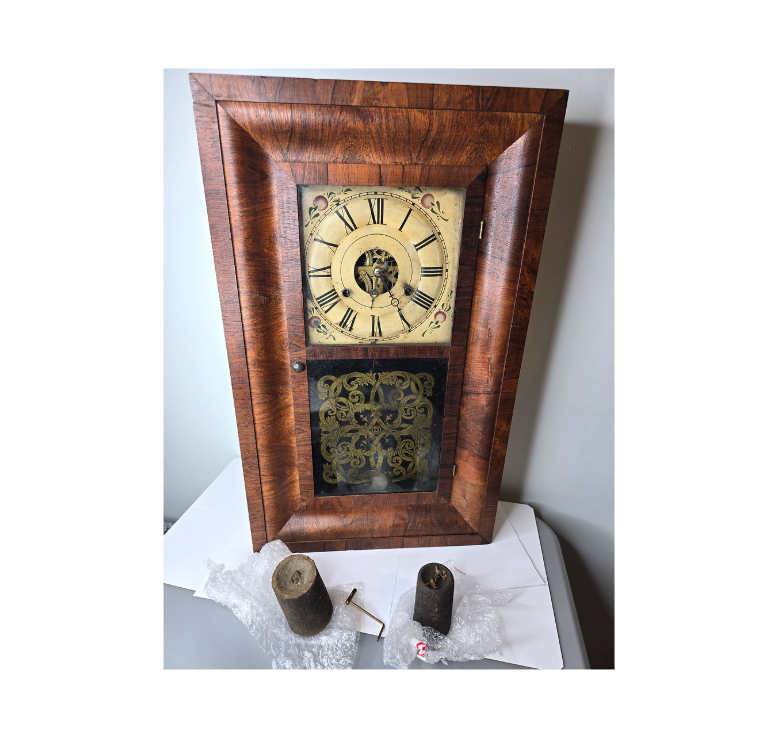
1949 Greek Bible 19th Edition Novum Testamentum Graece (Greek New Testament) ... Includes FREE SHIPPING. Note the projected collectibles, vintage, antiques, and memorabilia, U.S. market shows substantial growth on-average 6.5% Compound Annual Growth Rate (CAGR) to reach $280 Billion revenue by 2033.
Editors: D. Eberhard Nestle and his son, D. Erwin Nestle.
Publisher: Privilegierte Württembergische Bibelanstalt (now the Deutsche Bibelgesellschaft, or German Bible Society).
Place of Publication: Stuttgart, Germany.
Year: 1949.
History and Significance
This book is a direct predecessor to what is arguably the most important edition of the Greek New Testament used by scholars and translators today: the Nestle-Aland.
The Beginning (Eberhard Nestle): The project was started by the German scholar Eberhard Nestle and first published in 1898. His goal was to create a portable, affordable, and reliable Greek New Testament for students. Instead of creating an entirely new text, his innovative method involved comparing the three most important scholarly editions of his day (Tischendorf, Westcott & Hort, and Weiss). The main text printed the readings where at least two of the three editions agreed. This "majority rules" approach provided a stable, scholarly consensus text.
The Next Generation (Erwin Nestle): After his father's death, Erwin Nestle took over the work. He began to improve the critical apparatus (the footnotes that show variant readings in different manuscripts) and incorporated new evidence from recently discovered manuscripts, particularly the papyri. The 1949 edition you have is a product of his stewardship, published in the difficult years following World War II.
Evolution to the Nestle-Aland: In the 1950s, another scholar, Kurt Aland, became heavily involved. His influence was so significant that the edition eventually became known as the "Nestle-Aland." Under Aland's guidance, the text moved beyond simply comparing previous editions and began to be based on a complete re-evaluation of all available manuscript evidence.
Today, the Nestle-Aland is in its 28th edition (NA28) and is the standard text used for virtually all modern Bible translations and for academic study of the New Testament worldwide. The 1949 book you have is a key historical artifact in the development of this foundational text.
